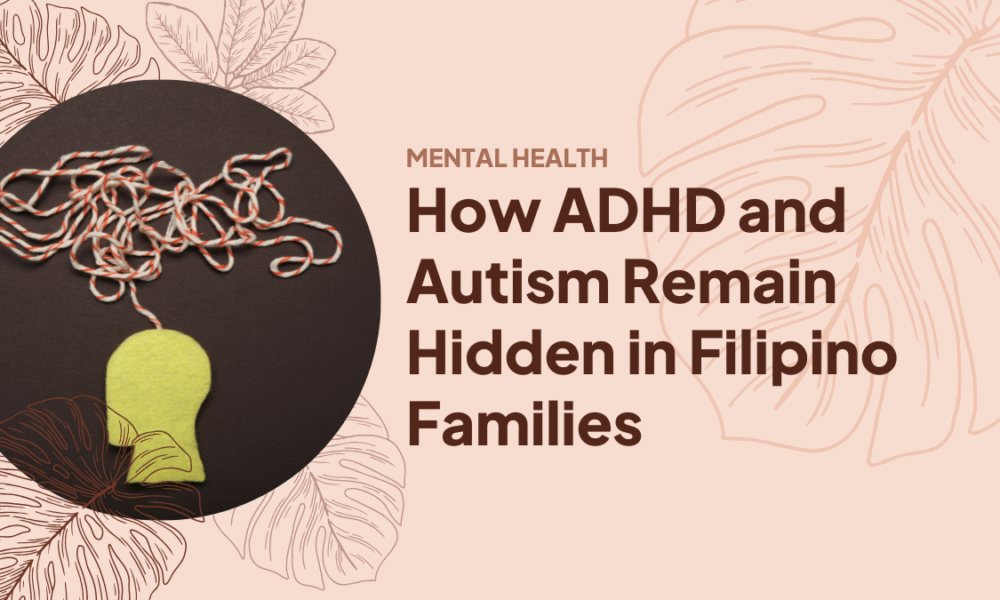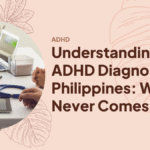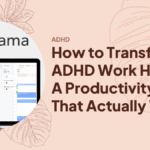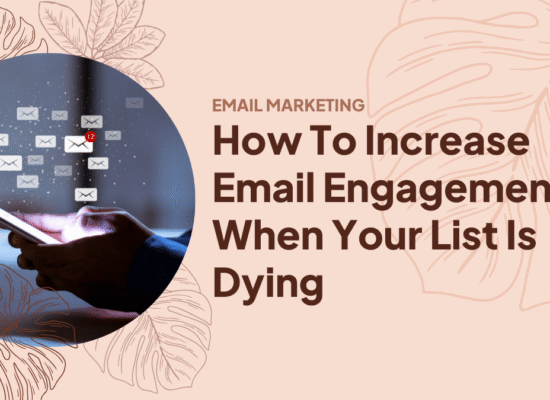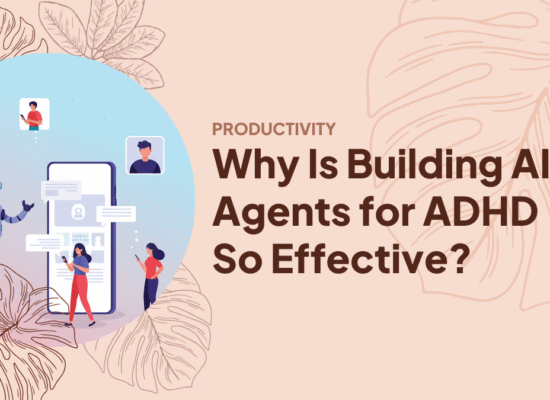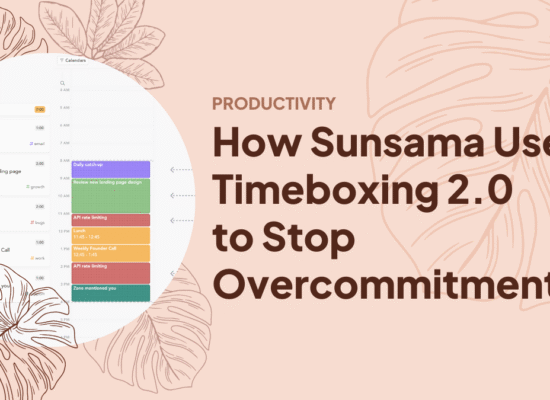Table of Contents
We tell ourselves stories about difference. In Filipino culture, these stories about ADHD and autism often whisper rather than speak. They hint at shame instead of celebration. They suggest hiding rather than sharing.
The data reveals a troubling pattern. ADHD and autism estimates put prevalence at 1 in 20 Filipinos, yet statistics remain scarce due to underreporting and misdiagnosis. This silence creates a massive informational void in underserved markets, particularly when families struggle to understand ASD v ADHD differences and seek proper ADHD diagnosis philippines resources.
The stories we tell shape the reality we create.
When Media Becomes the Message
Filipino television has painted neurodivergence with broad, often damaging strokes. Shows like “Budoy” and “My Special Tatay” portrayed autism as impairment wrapped in whimsy. These representations stick in collective memory, creating lasting misconceptions about ADHD and autism experiences.
The average Filipino thinks all autistic individuals mirror these televised portrayals. This demonstrates media’s profound impact on shaping public perception of ADHD and Autism in Filipino communities.
Content creators understand this power intimately. We know how single narratives can define entire communities experiencing ADHD and AAutism. We recognize how representation becomes reality in public consciousness.
Cultural Intersection Points
Traditional Filipino values create complex dynamics around ADHD and autism conditions. Families often invoke “bahala na” and “kaloob ng Diyos” when facing expensive interventions they cannot afford.
These cultural responses reveal fascinating narrative tensions around ADHD and Autism.
“Bahala na” translates roughly to “come what may.” It represents Filipino resilience and acceptance of circumstances beyond control. Yet when applied to ADHD and Autism, this cultural value can delay crucial early interventions and proper ADHD diagnosis Philippines processes.
“Kaloob ng Diyos” means “gift from God.” Some families frame ADHD and Autism traits through this spiritual lens, creating both acceptance and resignation.

The Stigma Architecture
Filipino families face unique challenges shaped by cultural stigma, healthcare limitations, and social expectations around ADHD and Autism. Mental health conditions carry lingering shame in many communities.
Some families attribute ADHD and Autism behaviors to spiritual or supernatural causes. This leads to delayed diagnoses and reluctance to seek professional help for proper ADHDdiagnosis Philippines services.
The stigma operates on multiple levels:
- Family Level: Parents worry about bringing shame to the family name when dealing with ADHD and Autism. They fear judgment from extended relatives and community members.
- Community Level: Neighbors and friends may offer unsolicited advice rooted in cultural misconceptions rather than medical understanding of ADHD and Autism.
- Institutional Level: Limited healthcare infrastructure and professional training create additional barriers to proper ADHD diagnosis Philippines and ongoing support for ADHD and Autism.
Breaking Through Cultural Barriers
Research reveals shifting attitudes among Filipino parents regarding ADHD and Autism. They increasingly disagree with previous myths about causation, particularly rejecting beliefs about parental sins or curses.
This represents an audience ready for evidence-based content about ADHD and Autism that bridges cultural understanding with scientific knowledge. Understanding ASD v ADHD differences becomes crucial for families seeking appropriate interventions.
For working professionals managing ADHD and Autism traits, tools like Sunsama for ADHD brains help organize daily tasks while managing ADHD in the workplace becomes increasingly important. Strategies to minimize distractions ADHD creates can significantly improve both professional and personal outcomes.
Content Strategy Implications
The data gap around ADHD and Autism in Filipino contexts represents untapped potential for content creators who understand cultural nuance. Organizations like ION Philippines work to build transparent institutions that reflect Filipino diversity and safeguard neurodivergent rights.
Effective content strategy for ADHD and Autism topics must balance several elements:
- Cultural Sensitivity: Acknowledge traditional beliefs without dismissing them. Frame modern understanding of ADHD and Autism as complementary rather than contradictory to cultural values.
- Authentic Representation: Move beyond stereotypical portrayals to show diverse ADHD and Autism experiences within Filipino families.
- Practical Information: Provide actionable guidance about ADHD diagnosis Philippines options that respects cultural and economic realities facing Filipino families.
Building Inclusive Narratives
The challenge lies in creating content that honors Filipino cultural complexity while promoting accurate understanding of ADHD and Autism. This requires deep cultural knowledge combined with commitment to authentic storytelling.
Successful approaches will acknowledge cultural values without perpetuating harmful stereotypes about ADHD and Autism. They present neurodivergence as natural human variation rather than deficit or divine punishment.
Consider the potential impact of stories showing Filipino families successfully navigating ADHD and Autism diagnosis while maintaining cultural identity. Parents finding balance between traditional values and modern therapeutic approaches for ADHD and Autism support.
Moving Forward
Filipino families deserve better narratives around ADHD and Autism. They need stories that reflect their cultural values while providing accurate information about ADHD diagnosis Philippines resources and practical support.
Content creators have the opportunity to fill these narrative gaps meaningfully. By combining cultural sensitivity with authentic representation of ADHD and Autism experiences, we can create content that serves underserved communities while building engaged audiences.
Key Takeaways
- Filipino families often hide ADHD and Autism stories due to cultural stigma and limited access to proper diagnosis resources.
- Understanding ASD v ADHD differences and accessing ADHD diagnosis Philippines services remains challenging for many families.
- Content creators can bridge cultural gaps by creating authentic narratives that honor Filipino values while promoting accurate ADHD and Autism information.
Start Managing ADHD More Effectively Today
Frequently Asked Questions
What's the difference between ASD and ADHD in Filipino children?
ASD (Autism Spectrum Disorder) primarily affects social communication and includes repetitive behaviors, while ADHD involves attention, hyperactivity, and impulse control challenges.
How can Filipino families access ADHD diagnosis in the Philippines?
Families can seek evaluation through developmental pediatricians, child psychiatrists, or neurologists at major hospitals and specialized clinics in Metro Manila and other urban centers.
What workplace accommodations help Filipino professionals with ADHD?
Flexible schedules, quiet workspaces, written instructions, and task management tools like Sunsama can significantly improve productivity while minimizing distractions.
Maria is an accomplished digital marketing professional, specializing in content marketing and SEO. She's a neurodivergent who strives to raise awareness, and overcome the stigma that envelopes around mental health.
